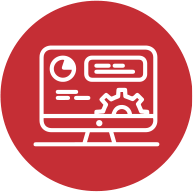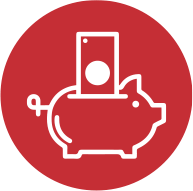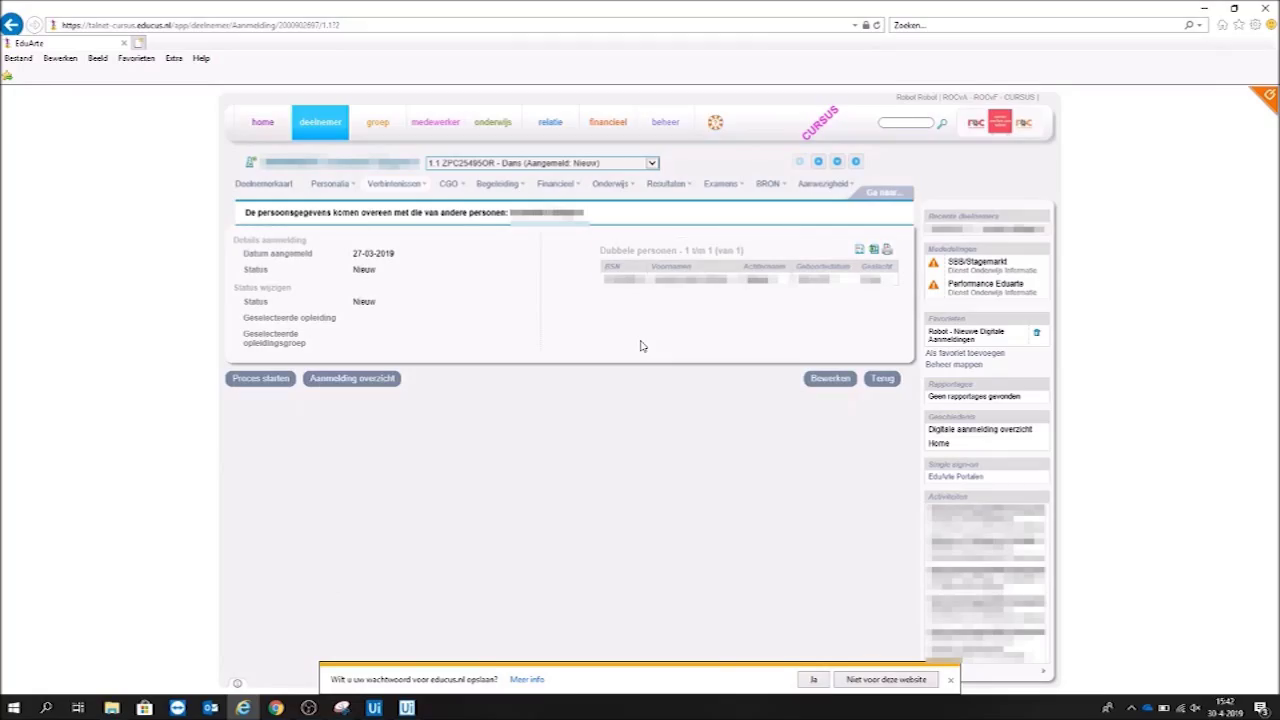Besides Hogeschool Windesheim, HvA and UvA, the ROC of Amsterdam is also deploying software robots to reduce the workload of employees. One way they do this is by having Robbie the Robot deduplicate the digital student registrations in Eduarte. In this case study you can read more about how RPA was applied in this process and what results were achieved.
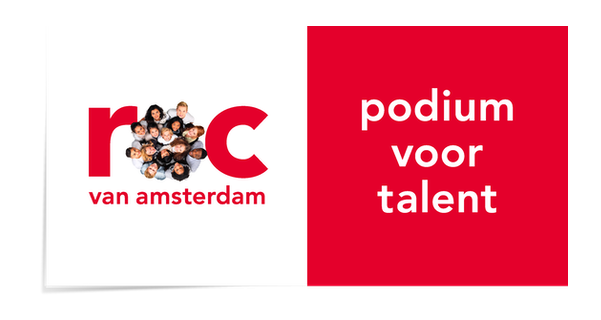
Motivation
Every year there are more than 36,000 digital student registrations at the ROC van Amsterdam. Although the digitization of education means that this no longer all has to be done manually, it still causes a peak period around the application deadline. Because of all the issues involved, this used to cause a high workload in the student affairs department. This caused work to be delayed, and response times to students to become longer.
Because of the many applications, this is a part of the process to monitor with care. In fact, it frequently happens that students apply multiple times. For example, at different courses within an educational institution or, on the contrary, at multiple locations. To prevent a student from being registered twice, we check whether he or she already exists in the Student Information System Eduarte. These additional checks ensure higher data quality, and prevent duplicates in the system, which saves time and improves the quality of execution in other processes.
Approach
Back in 2019, the ROC of Amsterdam took the initiative with Tacstone Technology to automate this process. Together with staff from the Student Affairs department, the process was mapped out. With automation in mind, some optimizations were made. The process steps, exceptions and checks to be performed were written down in detail in a process design. A screen capture of the manual execution of this process was also made. The process was then developed, tested and brought to production in close cooperation between the ROC of Amsterdam staff, and Tacstone Technology’s RPA Developer.
The process: processing applications
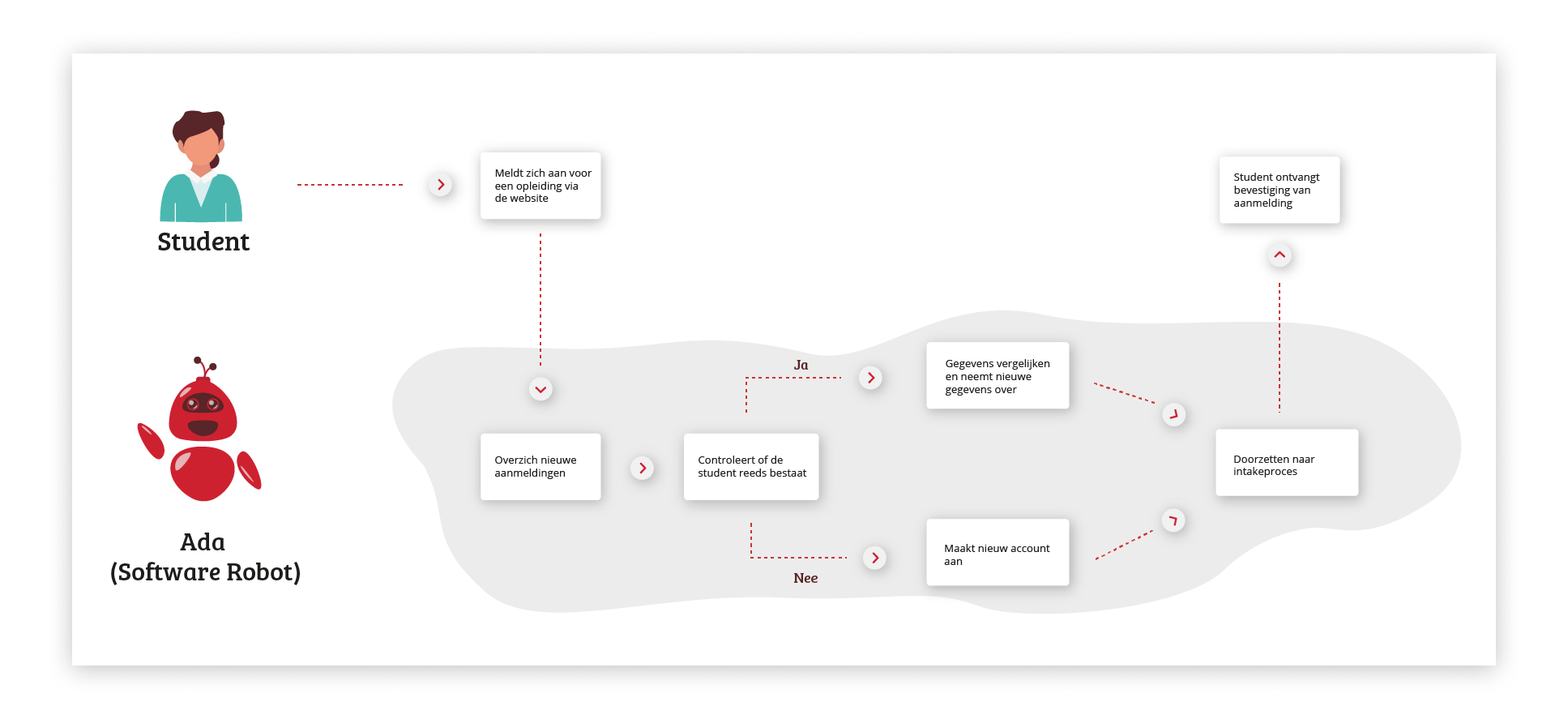
Demo (screen recording robot)
Check the video!
The result: 1,500+ hour savings per year
Annually, this process results in a lot of savings. First, this automation results in hour savings of 1,500+ hours per year, which is roughly equivalent to 1 FTE. In addition, response times have been reduced from an average of five days to often the same day. Finally, the deployment of RPA provides more checks and thus higher data quality. This prevents additional work in other processes.
A digital employee (colleague) within your Student Affairs department?
Does your student affairs team also suffer from a (too) high workload during peak periods? Then contact Ebert Knol to learn how to put a software robot to work in your department.



